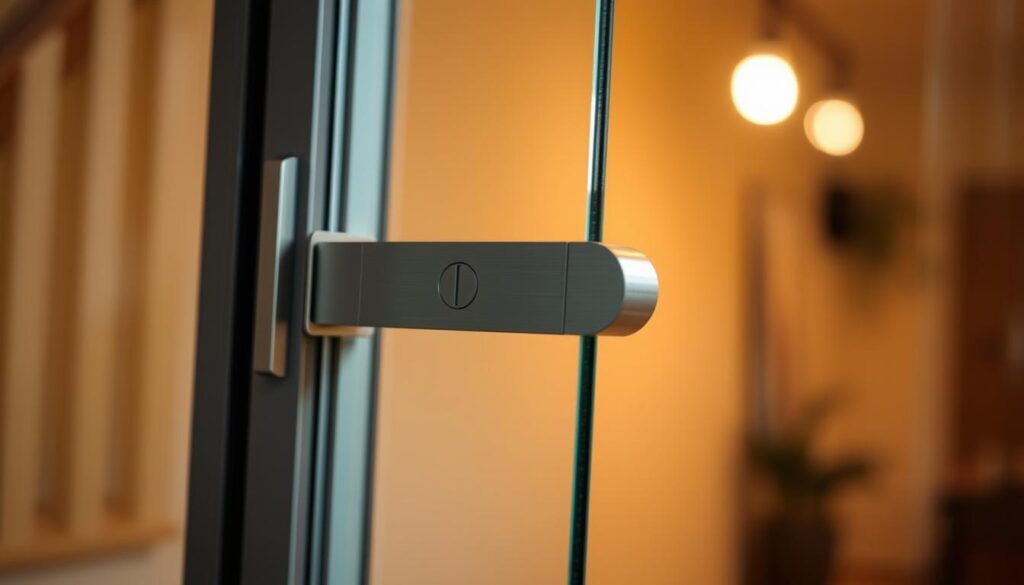Are your patio doors a vulnerable entry point for potential intruders?
Many homeowners overlook the security of their doors, leaving their home and family at risk. Patio doors, in particular, can be an easy target due to their design and functionality.
Enhancing the security of your doors is crucial, and one effective measure is installing locks that prevent lifting, a common technique used by burglars to bypass standard locking mechanisms.
By taking simple steps to improve your door security, you can significantly enhance the safety of your property and enjoy greater peace of mind.
Key Takeaways
- Understand the vulnerability of your patio doors and how to secure them.
- Learn about the importance of anti-lift devices for home security.
- Discover how to enhance your door security with simple, effective measures.
- Explore the various types of security mechanisms available for patio doors.
- Gain insight into the cost-effectiveness of improving your patio door security.
Understanding Patio Door Vulnerabilities
Patio doors are a common feature in many UK homes, but their popularity can sometimes mask a significant security risk. As a homeowner, it’s essential to understand the vulnerabilities associated with these doors to ensure your home remains secure.
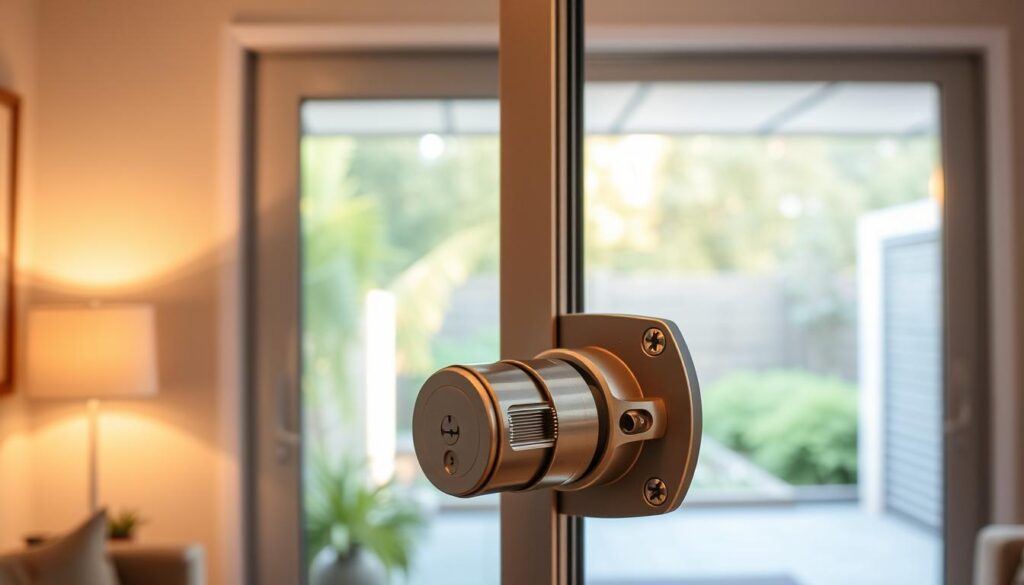
Why Sliding Doors Are Easy Targets for Burglars
Sliding patio doors are particularly vulnerable to break-ins due to their design limitations and standard locking mechanisms. The large glass panels in these doors make them attractive targets for intruders looking for quick access. Furthermore, the track system of sliding doors creates an inherent security weakness that can be exploited if not properly addressed. Burglars often target sliding patio doors because they can be lifted off their tracks, allowing for easy forced entry.
Insurance companies often require anti-lift devices for sliding patio doors as part of home insurance policies, highlighting the known vulnerability of these door types. Standard manufacturer-installed locks often fail to provide adequate protection against determined intruders.
The Lifting Technique: How Intruders Bypass Standard Locks
The lifting technique is a common method used by burglars to bypass standard locks on sliding doors. By lifting the door, intruders can remove it from its track, allowing them to gain entry without needing to force the lock. This technique is particularly effective because it doesn’t require any specialized tools, making it a simple yet effective way to breach home security.
Understanding the physics behind the lifting technique is crucial for homeowners. Recognizing the warning signs that your patio doors might be vulnerable to this technique can help you take proactive measures to secure your home.
What Are Anti-Lift Patio Door Locks?
The installation of anti-lift patio door locks is becoming increasingly important for homeowners looking to boost their security measures. As a result, many insurance companies now require the fitting of these devices alongside multi-point locking systems.
Anti-lift patio door locks are designed to prevent intruders from lifting your sliding doors out of their tracks, a common technique used by burglars to gain access to homes.
How Anti-Lift Mechanisms Work
Anti-lift mechanisms work by creating a physical barrier that prevents the upward movement of the door. This is typically achieved through specialised devices that integrate with the existing door hardware.
These devices can be fitted to the door frame or directly onto the door itself, ensuring that the door cannot be lifted out of its track.
Benefits for Home Security and Insurance Requirements
Installing anti-lift locks not only enhances your home’s security but can also satisfy specific insurance requirements. Many insurance providers now mandate the use of anti-lift devices as part of their policy conditions.
By fitting anti-lift locks, you can enjoy peace of mind knowing that your home is better protected against potential intruders, and you may also be eligible for premium reductions on your home insurance.
Types of Anti-Lift Devices for Patio Doors
To protect your home from potential intruders, it’s essential to explore the different types of anti-lift devices designed for patio doors. These devices are crucial in preventing the lifting and removal of sliding doors, a common entry point for burglars.
Track-Mounted Anti-Lift Blocks
Track-mounted anti-lift blocks are a simple yet effective solution. They are installed in the upper tracks of your sliding patio doors, creating a physical barrier that prevents the doors from being lifted. These blocks are typically made of metal and are screwed into place, ensuring they are thin enough to allow the doors to slide smoothly while preventing lifting.
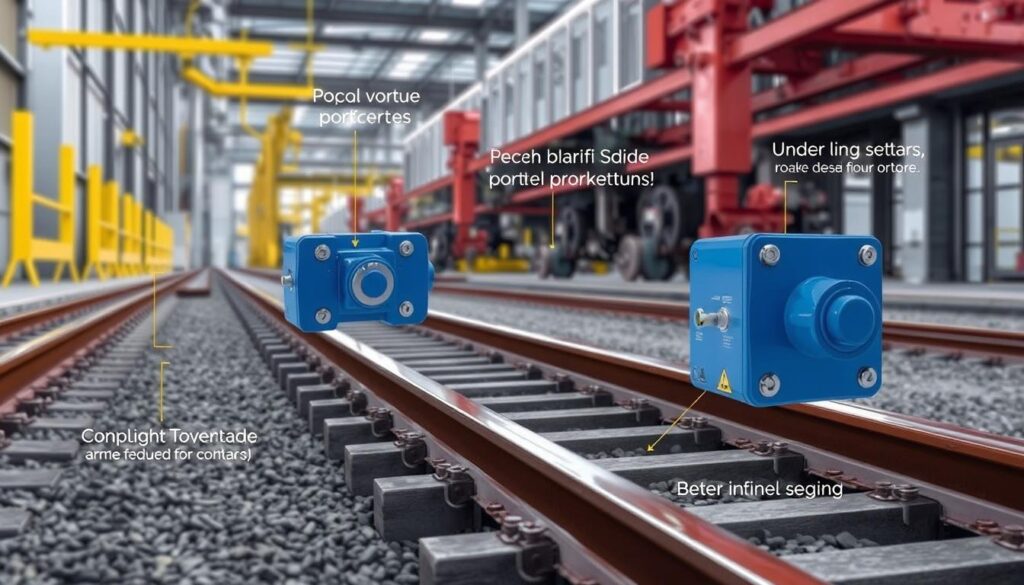
Locking Pin Systems
Locking pin systems provide another layer of security by creating secure anchor points that prevent both lifting and horizontal movement of sliding doors. These systems often involve drilling into the door frame to install pins that lock into place, providing a robust barrier against forced entry.

Multi-Point Locking Systems with Anti-Lift Features
Multi-point locking systems integrate anti-lift features with conventional locking mechanisms, offering comprehensive security for your patio doors. These systems secure the door at multiple points, making it significantly harder for intruders to breach. They are particularly effective for metal-framed patio doors and can be adapted for various door designs.

When choosing an anti-lift device, consider the material of your patio doors, whether they are metal, vinyl, or wood, as this will influence the type of device that is most suitable. Additionally, consider the cost and complexity of installation, as well as the level of security you require.
How to Fit Anti-Lift Patio Door Locks
Securing your sliding patio doors with anti-lift locks is a DIY task that requires some basic tools and patience. To start, you’ll need to understand the type of anti-lift device suitable for your patio door and the materials required for the installation.
Tools and Materials You’ll Need
To fit anti-lift patio door locks, you’ll need a set of basic tools and materials. These typically include a drill, screwdrivers (both flathead and Phillips), a measuring tape, and pencils for marking the door frame or track. The specific anti-lift device you’ve chosen may also come with its own set of screws or fasteners.
Essential Tools:
- Drill
- Screwdrivers
- Measuring tape
- Pencils
Measuring and Marking for Installation
Accurate measuring and marking are crucial for the proper installation of anti-lift devices. You’ll need to measure the width of your patio door and the position of the track or frame where the anti-lift device will be installed. Use a pencil to mark the spots where you’ll drill or screw the device into place.
Tip: Double-check your measurements to avoid mistakes.
Step-by-Step Installation Process
The installation process varies depending on the type of anti-lift device you’re using. Here, we’ll cover the general steps for installing track-mounted blocks and locking pin systems.
Installing Track-Mounted Blocks
For track-mounted blocks, start by positioning the block at the desired location on the track. Mark the screw holes, drill pilot holes, and then screw the block into place. Ensure it’s aligned properly to prevent obstructing the door’s movement.
Fitting Locking Pin Systems
Locking pin systems require drilling into the door frame to insert the pin. Measure carefully to align the pin with the corresponding hole or notch on the door. Drill to the recommended depth, and secure the pin mechanism according to the manufacturer’s instructions.
Testing Your Installation
After installing the anti-lift device, test it to ensure it’s working correctly. Check that the door can still slide smoothly but cannot be lifted off its track. Make any necessary adjustments to the device’s position or tightness.
| Installation Step | Track-Mounted Blocks | Locking Pin Systems |
|---|---|---|
| 1. Preparation | Measure and mark track | Measure and mark door frame |
| 2. Drilling | Drill pilot holes for screws | Drill hole for locking pin |
| 3. Installation | Screw block into place | Insert and secure locking pin |
| 4. Testing | Check door movement and lift resistance | Check door movement and lift resistance |
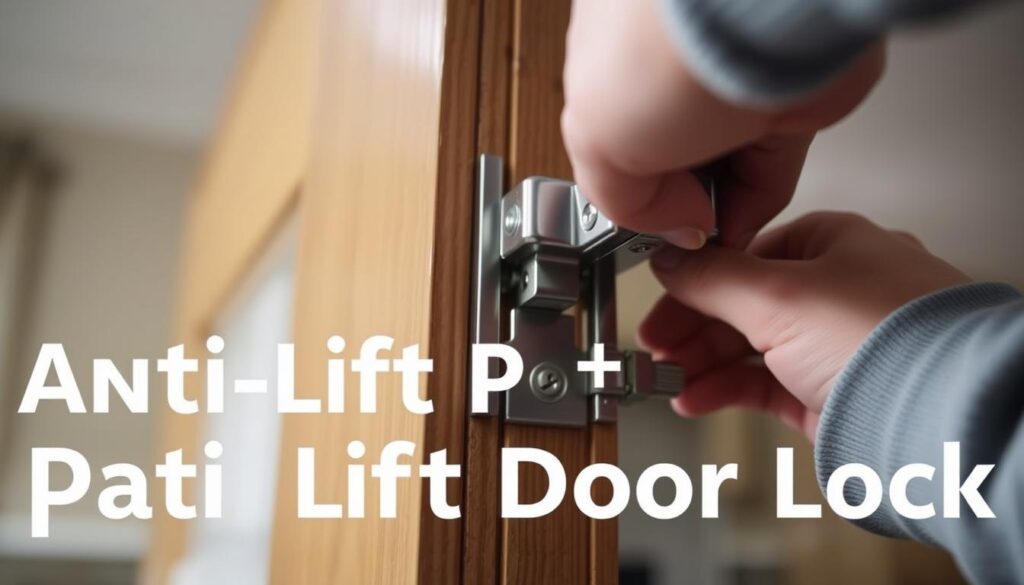
Additional Security Measures for Patio Doors
For a robust security system, it’s essential to complement anti-lift locks with other protective measures for your patio doors. While anti-lift locks provide a significant barrier against intruders, additional security measures can further enhance the safety and security of your home.
Security Bars and Jammers
Security bars and jammers are effective physical barriers that can prevent sliding patio doors from being forced open. These can be installed either horizontally or vertically, depending on the design of your patio doors. Security bars are particularly useful as they provide a visible deterrent to potential intruders.
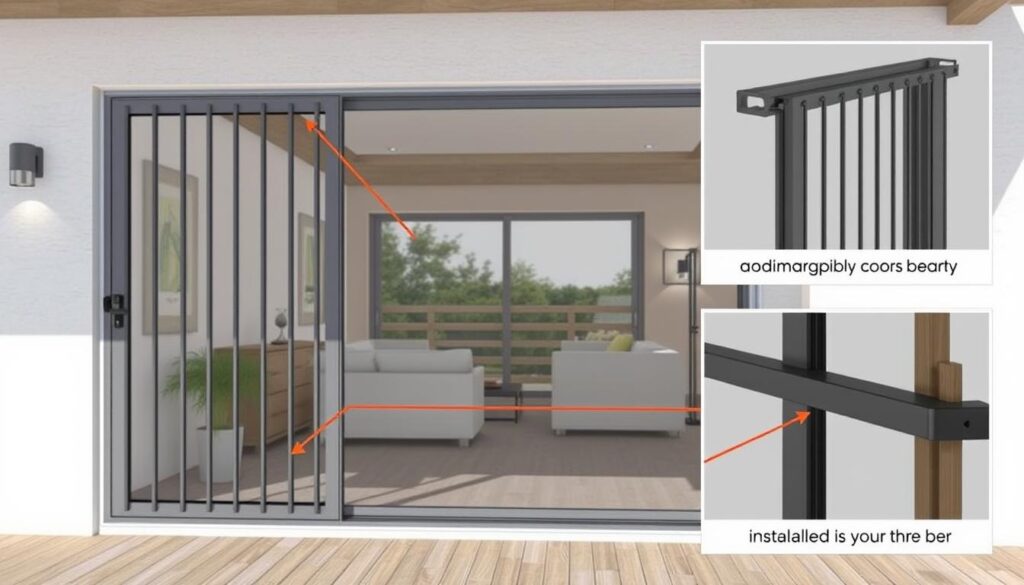
Glass Security Films and Reinforcement
Glass security films can be applied to the glass panels of your patio doors to make them more resistant to breaking. These films come in different grades, with some capable of withstanding significant force without shattering. By reinforcing your glass door panels, you can prevent intruders from gaining easy access to your home.
Smart Security Options for Patio Doors
Integrating smart security systems with your patio doors can provide an additional layer of protection. Smart locks, motion sensors, and glass break detectors can be used to create an electronic security perimeter around your patio doors. These systems can be monitored and controlled remotely, providing you with real-time alerts and peace of mind.
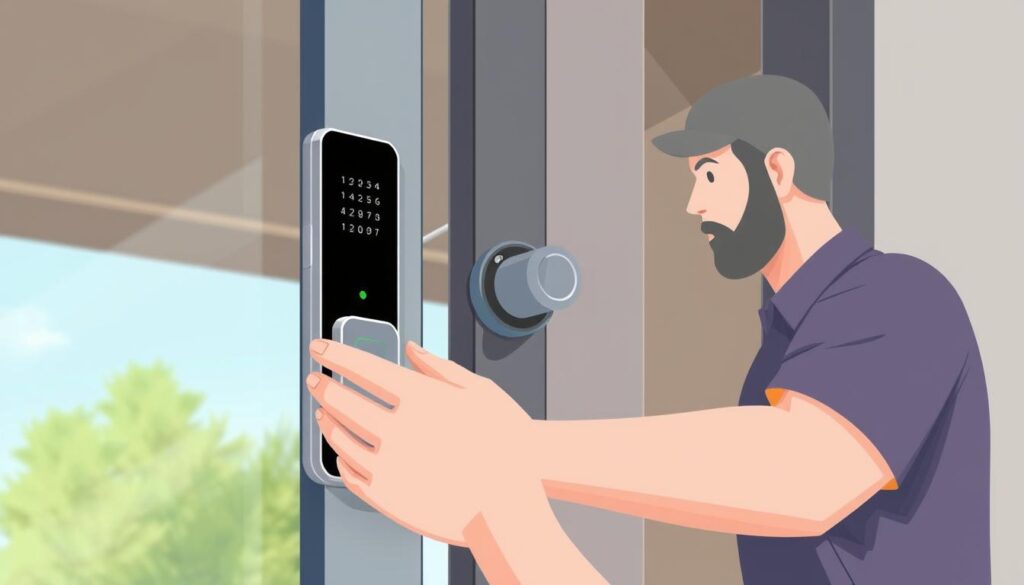
Conclusion: Enjoying Peace of Mind with Secured Patio Doors
Securing your patio doors is a vital step in safeguarding your home and family. By installing anti-lift locks, you significantly enhance your security and provide a robust deterrent against potential burglars.
The benefits of anti-lift devices extend beyond immediate safety; they contribute to a comprehensive home security strategy. Regular maintenance is essential to ensure these devices continue to function properly over time. As security technologies evolve, it’s crucial to assess whether your measures remain adequate.
Knowing your patio doors are secure allows you to enjoy your living space without security concerns. It’s also important to strike a balance between security and convenience, ensuring your doors remain safe and functional. By taking these steps, you can enjoy lasting peace of mind, knowing your property is well-protected.
